Long-Range Binoculars for Viewing Ships with Monovision
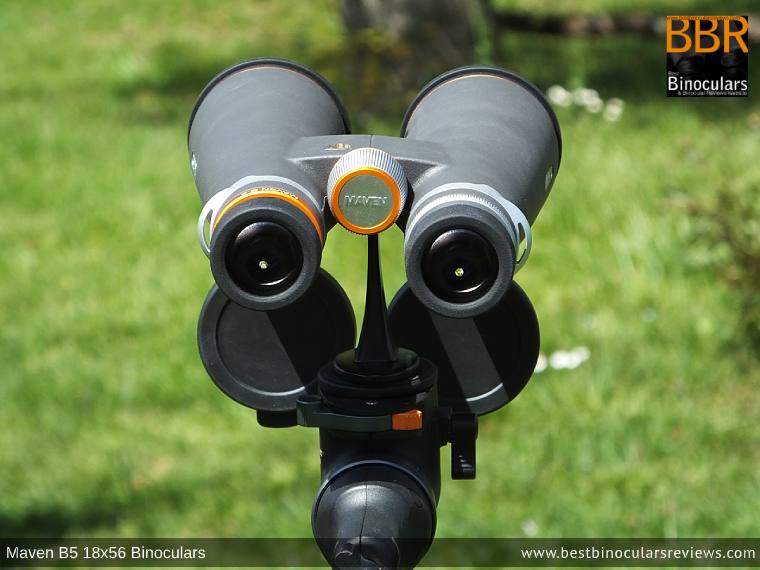
The following question comes from Anita, a BBR Patreon who is looking to get the best binoculars to view ships with. They need to be high-powered long-range binoculars and as she has monovision there is an additional element/complication to keep in mind. I have added our exchange here on the BBR website as I feel my answer may also be of help to others:
Hi Jason,
First, thanks for your site. It is beyond helpful. I don’t have any experience or knowledge about binoculars and I’ve learned so much. I know how much time and effort this takes from you and it is greatly appreciated!
Now my Question:
I’d like to buy a pair of binoculars for a specific purpose and need your advice. Here’s the situation.
I live in the Azores which is an island chain in the North Atlantic. Because it is around a halfway point between the US and Europe, we have a lot of shipping traffic. I love seeing the ships either coming into port or travelling in the shipping lane on the horizon. When they’re coming into port, they often stop for days in front of my home around 5 to 7 miles away. When they’re in the shipping lane, they’re around 17 – 20 miles away. I’d love to have a much better look at those ships in those two distance ranges.
To complicate matters, I had Lasik surgery and have monovision. My left eye is for reading and my right eye is for distance. I’ve Googled and found that people with monovision say that they can use binoculars only if you can focus each eye independently, which makes sense to me.
However, in reviews, I can’t find any that specifically state you can adjust each eye independently. Again, I don’t know anything about binoculars, so maybe all binoculars have this ability and I don’t know it. Also, because my surgery was 15 years ago, I now wear glasses for even better distance vision. The glasses are also monovision and basically function to just push my focus in both eyes a little further out into the distance. So, I might use these binoculars with or without glasses on.
As a side note, my husband bought me a telescope for this same purpose of watching the ships. However, I can’t seem to see anything clearly through the 10mm or 25mm lens. It’s very challenging to use and I have to physically hold my left eye closed while attempting to view with my right eye. It was a wonderful gift, but not for my eyes.
So, I’d love to have your advice on the best binoculars that I could use to view ships that are anywhere from 5 to 20 miles away that will also work for a person with monovision.
I do completely understand that the ability to clearly magnify something 20 miles away is very different than something 5 miles away. Most of my sightings are in the 5-7 mile range and that’s what is most important to me.
Budget
For price, I am expecting to get the best value for the money in the $500 – $1500 range. From your site, I was curious about the Maven 18x56 B5 and the Steiner HX 15x56.
Eyeglass prescription:
- Right eye -0
- Left eye -2.75
Those are the changes on top of my Lasik monovision. So, I can’t really tell you the total, but if I need to wear my glasses with the binoculars, I have no issue doing that.
If you have any questions, please let me know. Thanks in advance for your advice.
Best regards,
Anita
Answer
Hello Anita,
Firstly many thanks for your Patronage, it means a lot and helps me keep the site up and running.
Spotting Scope
I was wondering, you said in your email to me that your husband got you a “telescope“, which you have not been able to get to work for you.
Can you tell me which telescope your husband got you?
I ask because with the long-range that you need, for many people a spotting scope, could be a good and even sometimes better option than binoculars as you will get far higher magnifications.
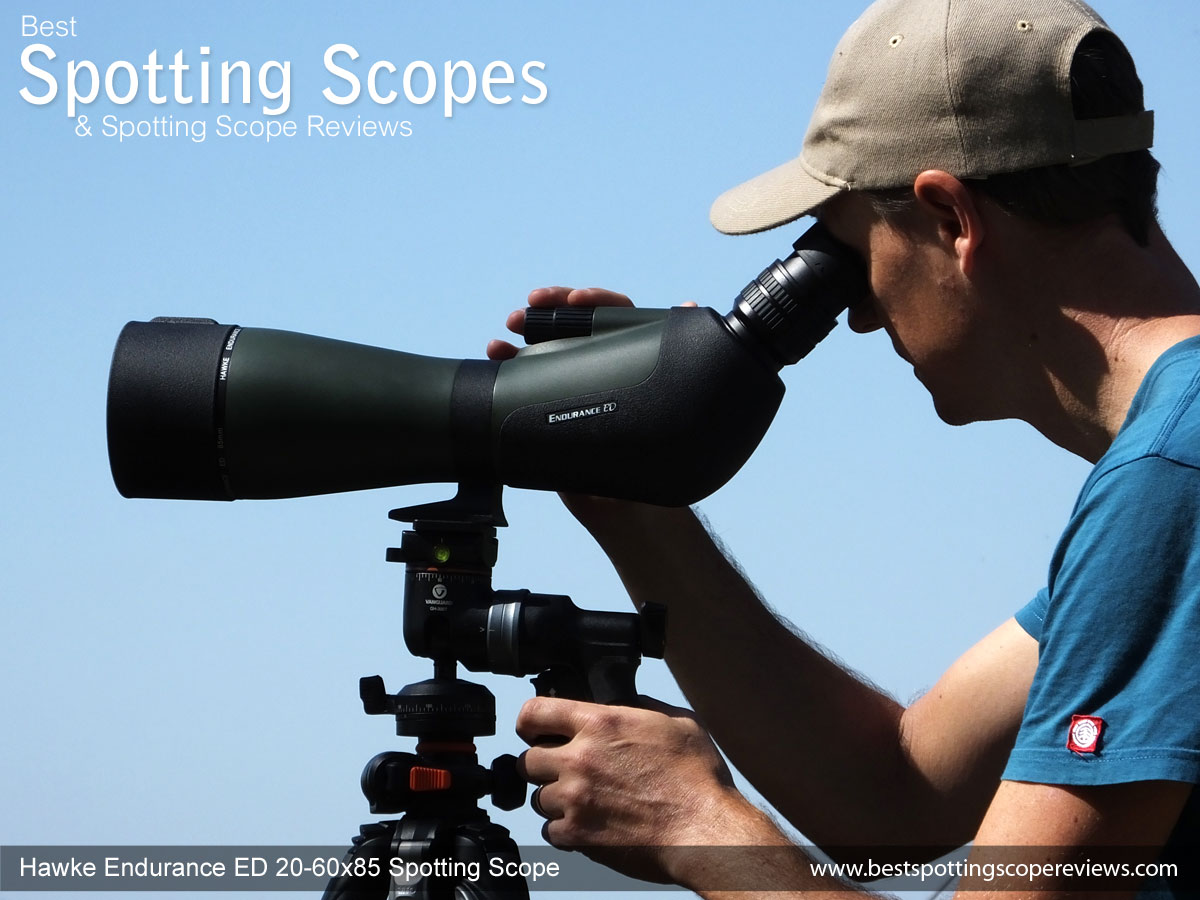
Now I am not sure if by telescope you mean one that is specifically designed for astronomy (but can be used for looking at things here on earth) or if he got you a spotting scope which is designed for terrestial uses.. but can also be used for a little astronomy if you wish.
Although as you say, either way, having an instrument with only one eyepiece would mean having to close one eye when looking through it.
But perhaps this could be a good thing as then there will be no need to accommodate the differences in vision between your two eyes.
Your problem with the telescope your husband got may be down to the fact that it is designed for Astro use, or if not, sometimes low-cost spotting scopes have very little eye-relief and poor-quality optics, making them much more difficult to use.
Location – Space for a Tripod?
The next question I wanted to ask was whether you would be viewing from a static location where having a tripod would be possible.
With high magnifications, using a tripod to steady the image can make all the difference, indeed with large high-power binoculars, I would say a tripod is essential for long periods of observation and to get the best view by eliminating image shake.
Binoculars
I see that you have done your research and I do like both the Maven 18x56 B5 and the Steiner HX 15x56 binoculars which you have added to your shortlist and would certainly recommend either of them to most people.
However, in your case, because they are “normal” central focus binoculars, they only come with a diopter on one of the eyepieces and their range is usually around +/- 2, but can sometimes go higher, but rather frustratingly not all manufacturers divulge the amount.
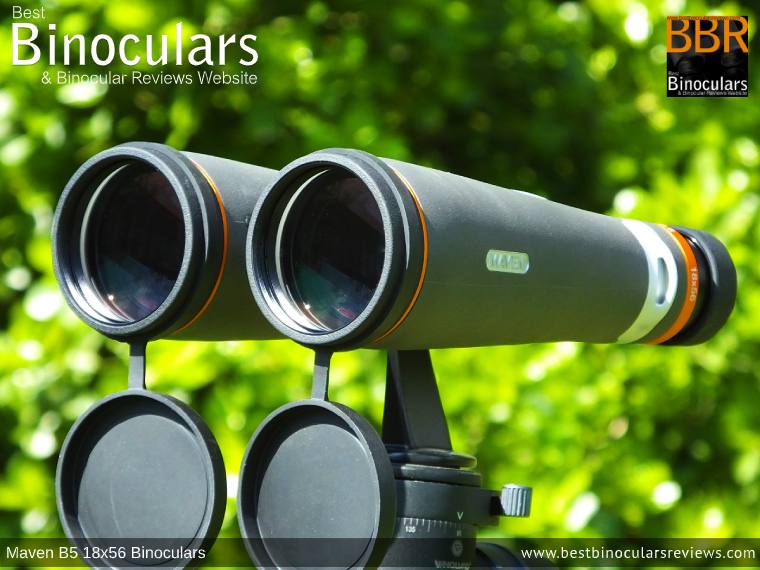
Going over my review of the Maven B5 18x56 Binoculars, I see that I wrote that Maven states there is “more than +/- 2” of diopter adjustment, but then they don’t elaborate on how much more! So whilst these may be sufficient for your needs, without trying them we can’t be sure.
As you say, you could wear your glasses and with 18mm of eye-relief and great twist-up eyecups, these should be fine for you as your glasses will I think make up for the difference between your eyes?
Individual Focus Binoculars
As you say from your research: people with monovision say that they can use binoculars only if you can focus each eye independently.
What they mean here is you need to get binoculars with an Individual Eyepiece Focus System – This focusing system has many names and marketing terms linked with it so can be quite hard to pin down what you need unless you know what you are looking for.
Luckily for us, many high-powered binoculars designed with astronomy in mind ( but also make excellent long-range terrestrial binoculars) come with this design.
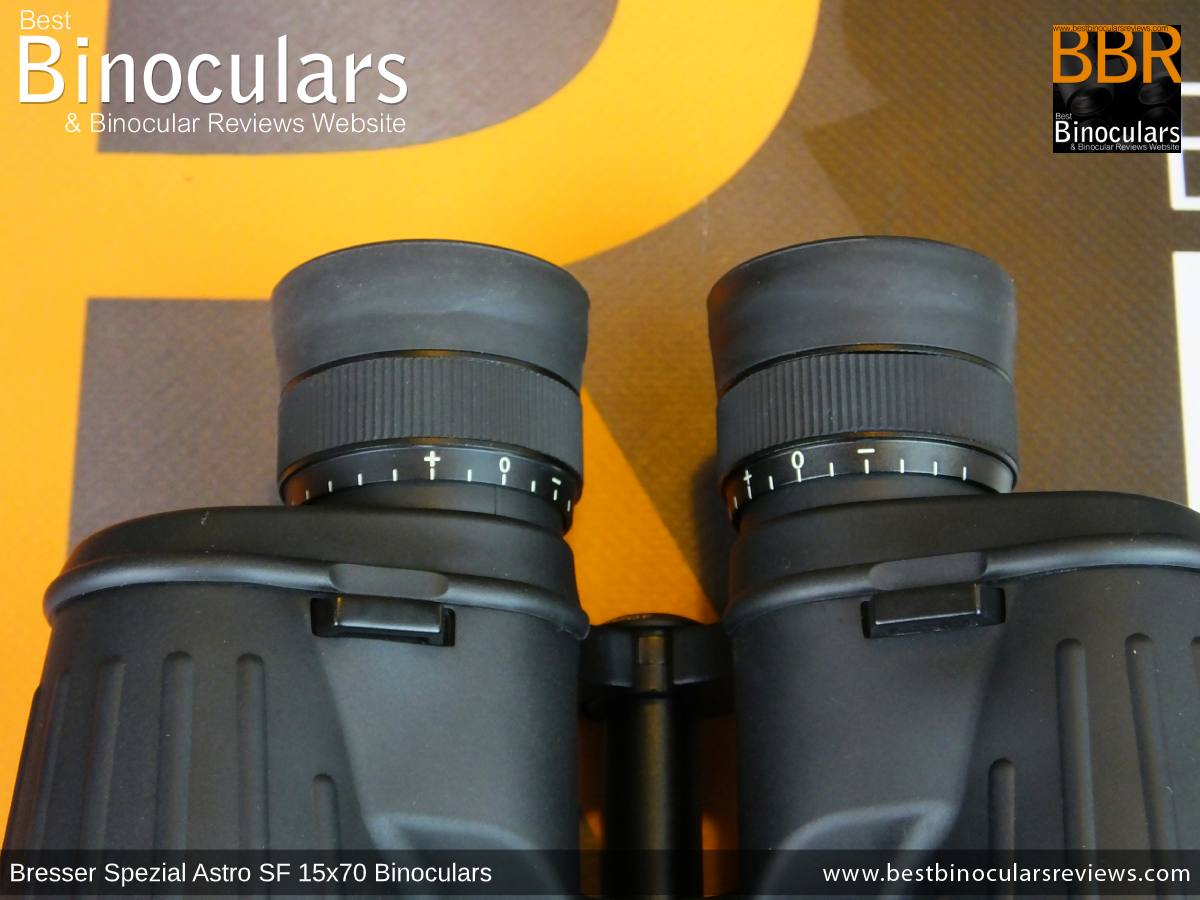
Here, instead of one diopter and a central focus wheel, you simply have a diopter on each of the eyepieces, which gives you much more “adjustability” in terms of the different IPD settings that you can set the right and left eyepieces to.
Also and s with astronomy, because you are mostly looking at objects very far away, once you have dialed them into your vision, you should not need to make many (if any) more focus adjustments when using them. This is what this design is often connected with marketing terms like “focus free”.
A good example of this and one that I have reviewed and would recommend is the Bresser Spezial Astro range.
I have tested the 15x70 Binoculars in this series, but they also come in 20x80 and 25x70 configurations if you want even more power.
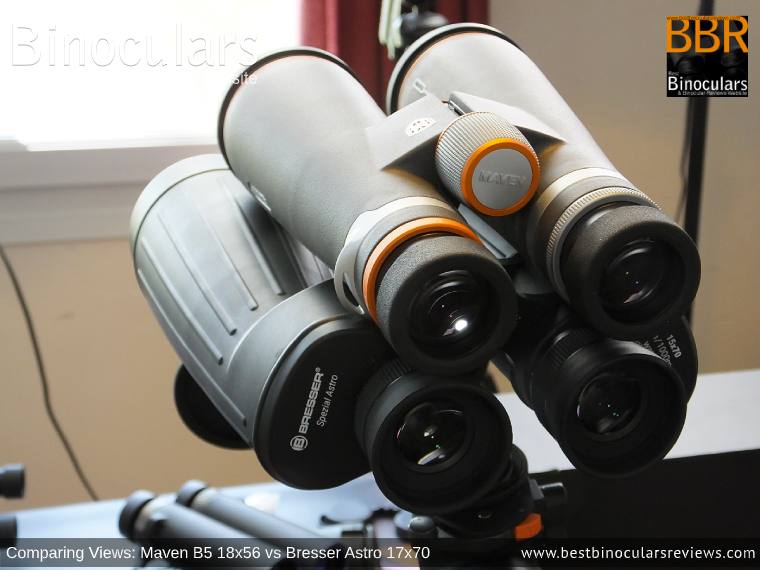
As you can see from the image above, the Bresser Astro 15x70 (not 17x70 which is incorrect in the image caption) is quite a lot bigger than the Maven B5 18x56, but as you should be using a tripod with them, this should be of little consequence.
To get more detailed views of the ships, I would probably opt for the 25x70 model, however just keep in mind the smaller exit pupil that these produce because of the higher power and same size 70mm lens, means that the image may not be quite as bright in low light and you will need to be more precise when lining your eyes up with the eyepieces to get the full image – meaning they are usually a little more difficult to use.
The 20x80 model could be the best option, as they still deliver a relatively large exit pupil (4mm) because they have enlarged the lenses to 80mm, but because of this, the binoculars will also be bigger, a little heavier and probably a little more expensive as well.
Okay, so I am going to leave it there for now to get your thoughts.
I would like to hear more about the telescope that does not work for you because I also do feel that a good quality spotting scope, may be an option as you could then get a magnification range of between 15x to 8x (depending on the model and eyepiece) and not have the complication of having to cater for your monovision.
Further Reading:
Boat, Yacht & Ship Spotting Binoculars – another article based on advice that I have given in the past on a very similar topic
Guide to High Powered, Long Distance Viewing Binoculars – contains advice and recommendations with full, in-depth reviews.
Response
Hi Jason,
I just read the post and can answer your questions. The telescope is not a great option for me because I’m just not adept at using just one eye. I can’t physically keep the other eye closed without holding it with my hand and it’s quite uncomfortable. So, I’m not interested in anything that doesn’t have two eyepieces. The spotting scope does seem like a good idea, but I’d need one that has to eyepieces for viewing to make it work for me.
The telescope is a Slokey Skyways 70070. He was intrigued by that one because it has the ability to connect a phone and view on the phone instead of looking through the eyepiece. It’s a great idea, but in practice, we’ve not been able to get it to work properly. It is on a tripod and I find that I have to move it over quite a range in both the X and Y axis to locate the ship. It’s also more difficult because the ship is moving and I’m trying to follow it with something that doesn’t move easily on the tripod. So, it’s more frustrating than enjoyable. That’s why I thought binoculars would be a better choice. I didn’t think about a spotting scope, because that sounds like an obvious choice if it has two eyepieces.
Answer
Hi Anita,
Thanks for the reply and okay, so now I understand – a spotting scope also only has one eyepiece, so they will not be a good option for you.
Digiscoping
Attaching your phone or any other camera to a scope (called digiscoping) sounds like it could be a good option for you as it then means that you do not have to look through the device to get an image.
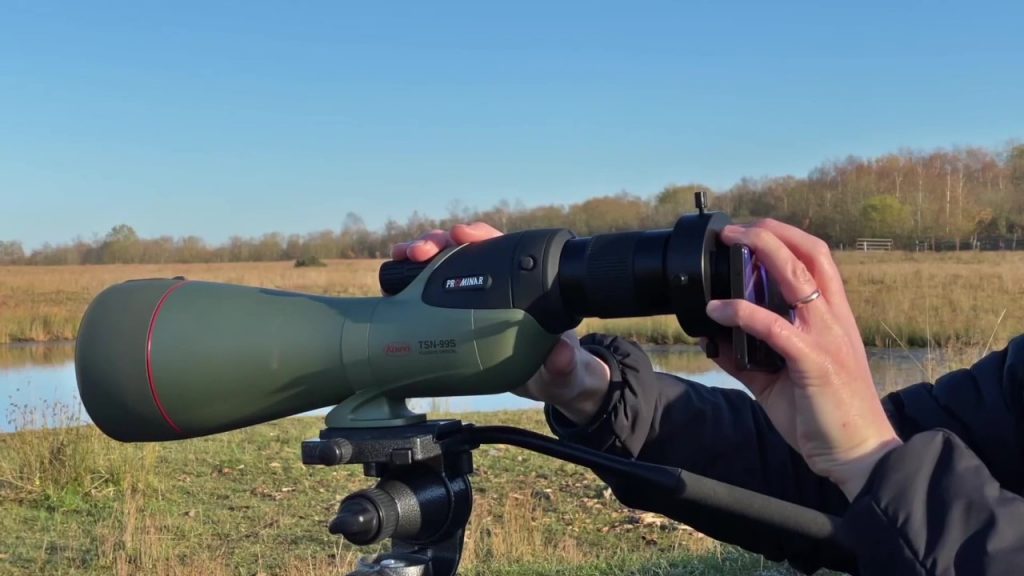
However, the image you see on the screen is never as good as what you see when looking through the eyepiece and so I only use it to capture footage and not for purely viewing.
It also takes a lot of practice to get it right and for the best results you do need to get a high-quality scope and adapter. However, if this is something you are interested in, I do have a bunch of info on BBR related to digiscoping and digibinning (using binoculars instead of a scope).
Take a look at my Binocular Accessories page – which has a bunch of links on it in the Digibinning & Camera Adapters section.
Conclusion
So based on your reply and your essential need to use both of your eyes, I would say that high-power binoculars with an Individual Eyepiece Focus System – like the Bresser Spezial Astro 15x70 Binoculars that I reviewed or the 20x80 and 25x70 configurations will be your best option.
Also, to get the best from them, you really should mount them onto a tripod.
Here you can take a look at my guide to The Tripod Setup for Binoculars & Spotting Scopes that I use for both Astronomy & Terrestrial Surveillance
I hope this helps, please do let me know if you have any further questions or comments.
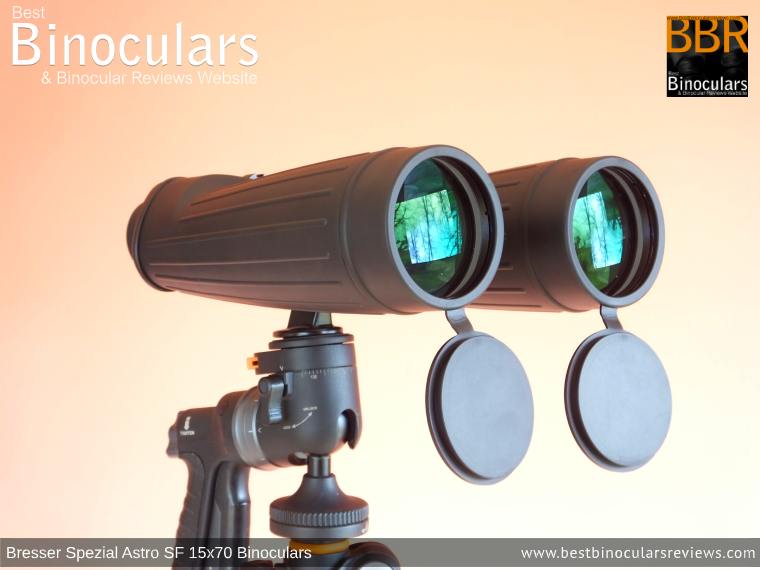

 Article | Posted by Best Binocular Reviews
Article | Posted by Best Binocular Reviews 
 Categories:
Categories:  Tags:
Tags: 
